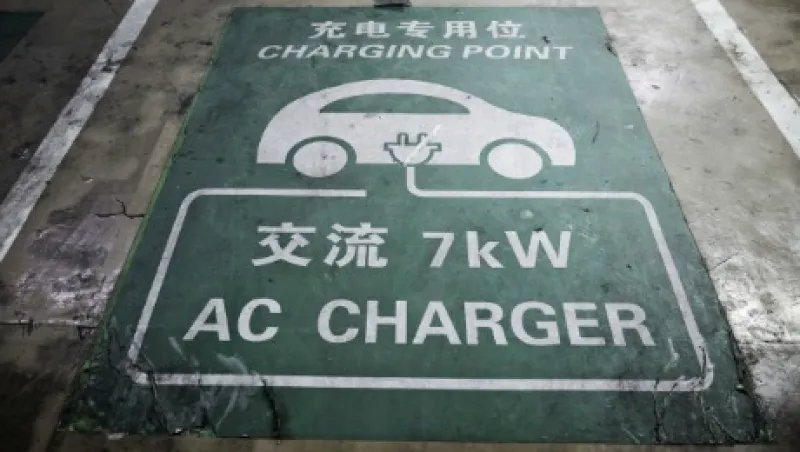The Paris Climate Conference came and went in December. Although there was considerable excitement about the outcome, it was simply the beginning of a multidecade process of decarbonizing the global economy. This transition will require tens of trillions of dollars of public and private investment in low-carbon energy, infrastructure, transportation systems, energy efficiency projects and more. A major question remains, however: Where will this investment come from?
Private investors should take note of China’s leading role in tackling climate change. This statement may come as a surprise to many observers. After all, China is the world’s largest carbon dioxide emitter. In 2012 China spewed out 8.5 gigatons of carbon dioxide, approximately 25 percent of global carbon emissions — although, on a per capita basis, that was still less than one half of U.S. per capita carbon emissions. China suffers from severe water scarcity and pollution, with more than 60 percent of groundwater being of poor quality. The environmental challenges in the country are leading to significant health problems and premature deaths for hundreds of thousands of people a year.
China is taking climate change seriously for two broad reasons. The first is the significant challenges that climate change presents for the country, as discussed above. The second is the recognition that sustainable development is a major business and investment opportunity for new technologies to be developed, new sectors to be created and the nation’s growing coffers to be invested. That is why the recently released 13th Five-Year Plan, for 2016–’20, a road map for the country’s economy and investment, puts the environment front and center as a national priority. China is already the world’s largest investor in renewable energy, having allocated $89 billion in 2014 (the most recent data available) alone — more than the U.S., U.K. and France combined.
From an investment perspective, there are three areas of China’s involvement in combating climate change that are particularly noteworthy.
The first is the significant investment in research and development. According to Bloomberg New Energy Finance, the Chinese government invested $1.7 billion in R&D in renewable energy in 2014, compared with $800 million in the U.S. and $1.4 billion for the European Union. Government-driven research is critical for technological transitions, as articulated by economist Mariana Mazzucato, among others. Given the improvements needed in key areas of sustainability — from battery storage to wind turbine efficiencies to carbon capture and sequestration — China’s attention to green technologies will be critical for businesses in this sector. Investors should take note.
The second area of note is China’s development of a green financial system. Last year the People’s Bank of China and the United Nations Environment Programme undertook a critical initiative to outline how China will transition its financial system into one that supports a green economy. The resulting road map includes various important policy instruments, from accelerating a green bond market to creating a Green Development Bank for China. As president of the Group of 20 this year, China has made a transition to a green financial system a top priority. This transition will create many significant opportunities for global investors who would like exposure to China as well as the sustainability sector.
The third area is the recently launched “One Belt, One Road” initiative, a regional infrastructure and integration framework that encompasses more than 60 countries in Asia, Europe and Africa. It will help close the annual $1 trillion infrastructure gap in Asia by using increased public capital to bring in private capital. The creation of the $100 billion Asian Infrastructure Investment Bank and the $40 billion Silk Road Fund is the initial step in doing so.
China is attempting to undertake three significant transitions at the same time: from investment to consumption, from closed to open capital movement and, finally, from high carbon to low carbon. These changes will not be simple to pull off all at once. But given China’s role as the world’s second-largest economy, second-largest stock market and largest carbon emitter, global investors would be well advised to understand the sustainability transition under way in the country and its global impact.
Aniket Shah has been seconded from Investec Asset Management to the U.N. Sustainable Development Solutions Network.
Get more on emerging markets.






